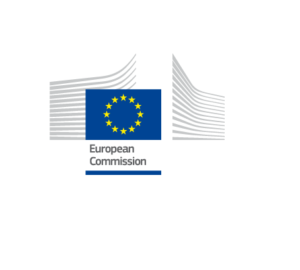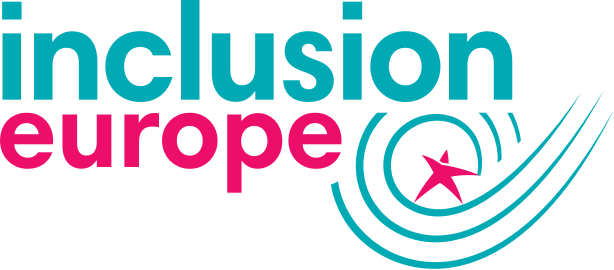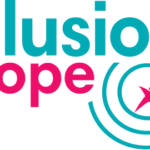 |
The United Nations Convention on the Rights of Persons with Disabilities (in short UN CRPD) is the document that explains what the rights of people with disabilities are. The European Union (in short EU) signed the UN CRPD. It means that the EU:
|
The European Commission has published its analysis of the European Union’s (EU) implementation of the United Nations Conventions on the Rights of Persons with Disabilities (UN CRPD).
The Working Document focuses on the period following the CRPD’s entry into force in January 2011, up to December 2013. The CRPD went into effect at an EU level on 22 January 2011, has been signed by all 28 Member States and ratified by 25 of them, (as of the date this article is published). A Code of Conduct between Member States and the European Council charts the measures that the EU needs to take for the successful implementation of the CRPD

The present report describes the reality Europeans with disabilities are facing in all Member States, as well as the framework in place for public administration implementation of the CRPD and international cooperation.
The ratification of the CRPD by the EU is part of the Commissions’ European Disability Strategy 2010-2020, which sets out to “empower people with disabilities so that they can fully enjoy their rights and participate in society and in the economy on an equal basis with others,” pledging to create “a barrier-free Europe, with actions in eight priority areas: accessibility, participation, equality, employment, education and training, social protection, health and external action.”
For the full report please follow this link.





